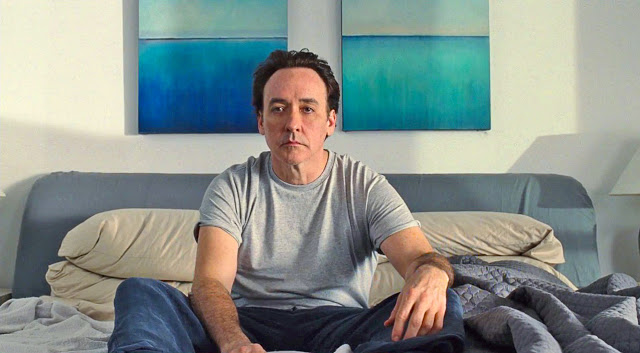Love & Mercy: Picking Up Vibrations, Good and Bad Alike
Being a musical genius must be hard. You hear harmonies no one else can hear, you struggle to communicate your vision to your band mates and studio bosses, and if you’re fortunate enough to be able to actually produce revolutionary music, your innovative advances often go unnoticed until they’re discovered by later generations. But making a movie about such a genius—conveying those enigmatic bursts of internal, auditory inspiration through the visible, visual medium of cinema—is similarly perilous. Love & Mercy, Bill Pohlad’s strange and sensitive biopic of the Beach Boys’ Brian Wilson, does not entirely conquer this challenge. Despite its whirring sound design and persistent effort, it never quite communicates the creative synapses firing within its protagonist’s big, drug-addled brain. But Love & Mercy is nevertheless a compelling portrait of artistic triumph and toil. It is also, more surprisingly, a touching romantic drama. It’s odd that a film about such an idiosyncratic man is at its best when it is at its most conventional.
That doesn’t stop Pohlad, working from a screenplay by Oren Moverman (director of The Messenger) and Michael Alan Lerner, from laboring strenuously to circumvent the customs of the genre. His most obvious and daring maneuver is to structure Love & Mercy as two separate mini-movies. In one, set in the mid-’60s, Wilson (Paul Dano) drifts from his brothers and colleagues while obsessing over the production of the Beach Boys’ seminal album, Pet Sounds. In the other, set some 20 years later, a mentally ill, overmedicated Wilson (now played by John Cusack, delivering his best performance in more than a decade) romances a Cadillac saleswoman, Melinda Ledbetter (Elizabeth Banks, radiant), and wilts under the yoke of his domineering psychotherapist, Dr. Eugene Landy (Paul Giamatti, bewigged and ferocious). Love & Mercy toggles back and forth between the two eras without any particular rhythm or formula. (Think The Godfather Part II, only, er, not quite as good.) It’s an engrossing approach that nonetheless fails to reap any real dividends; it’s fair to wonder how the film would have played in linear fashion, given that neither subplot clearly informs the other. Of course, that lack of causality between the two stories is arguably the point, which is why, in the abstract, Love & Mercy‘s jagged chronology makes sense. This is a fractured movie about a broken man. Read More

